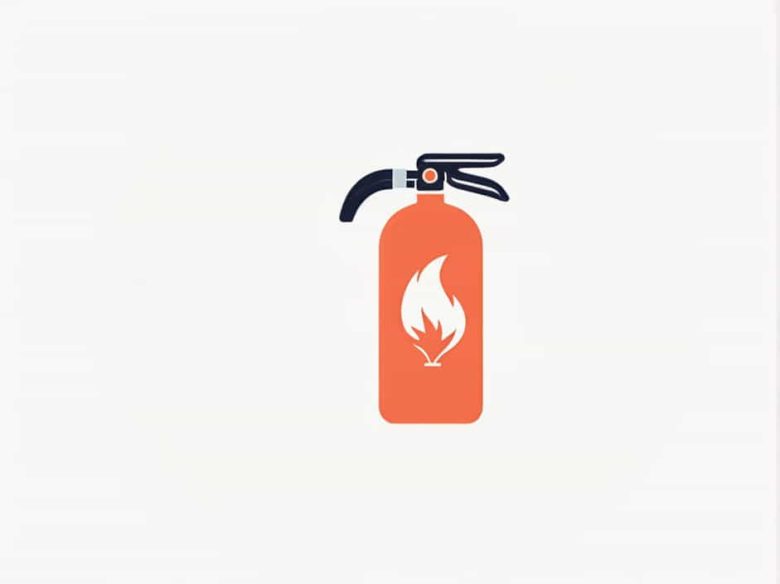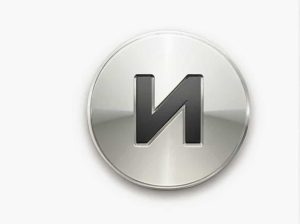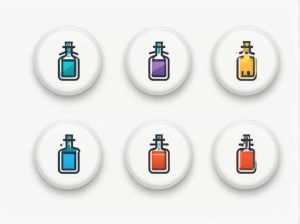Fire extinguishers are essential safety devices designed to control and extinguish small fires before they spread. To function effectively they require a pressurizing agent that forces the extinguishing material out of the cylinder when needed. One of the most commonly used gases for this purpose is nitrogen.
Nitrogen is a colorless odorless and non-reactive gas that provides reliable pressurization. But why is nitrogen the preferred choice for fire extinguishers? Understanding its properties and advantages can help explain its critical role in fire safety.
How Fire Extinguishers Work
Fire extinguishers operate by releasing a chemical agent to suppress flames. The effectiveness of an extinguisher depends on the type of fire it is designed to combat such as:
- Class A – Fires involving ordinary combustibles like wood and paper.
- Class B – Fires caused by flammable liquids like gasoline.
- Class C – Electrical fires.
- Class D – Fires involving combustible metals.
- Class K – Kitchen fires involving cooking oils.
In all types a pressurizing gas is necessary to expel the extinguishing agent. Nitrogen is one of the most reliable gases for this function.
Why Nitrogen Is Used to Pressurize Fire Extinguishers
1. Inert and Non-Flammable Properties
Nitrogen is an inert gas meaning it does not react with other substances under normal conditions. This makes it a safe choice for pressurization since it won’t contribute to combustion or alter the properties of the extinguishing agent.
2. Stable Under High Pressure
Fire extinguishers require a pressurizing agent that remains stable even under high pressure. Nitrogen has a high compressibility and can be stored at high pressures without breaking down or becoming unstable.
3. Non-Toxic and Environmentally Friendly
Unlike some other gases nitrogen is non-toxic and does not pose health risks to humans. It is also an environmentally friendly option as it does not deplete the ozone layer or contribute to greenhouse gas emissions.
4. Prevents Corrosion Inside the Cylinder
Since nitrogen is dry and moisture-free it helps prevent internal corrosion in the extinguisher cylinder. This extends the lifespan of the fire extinguisher and ensures it remains functional over time.
5. Effective in Various Temperatures
Nitrogen remains effective in a wide range of temperatures making it suitable for use in different environments from cold storage facilities to hot industrial settings.
Types of Fire Extinguishers That Use Nitrogen Pressurization
1. Dry Chemical Fire Extinguishers
These extinguishers use nitrogen to pressurize powdered chemicals like monoammonium phosphate or sodium bicarbonate. They are commonly used for Class A B and C fires.
2. Carbon Dioxide (CO₂) Fire Extinguishers
While CO₂ acts as the primary extinguishing agent nitrogen is often used to pressurize the system ensuring proper discharge. These extinguishers are commonly used for electrical and flammable liquid fires.
3. Clean Agent Fire Extinguishers
Nitrogen pressurizes clean agent extinguishers which use halogenated gases to suppress fires without leaving residue. These are ideal for protecting sensitive electronic equipment.
4. Foam Fire Extinguishers
Nitrogen is used to pressurize foam extinguishers which are effective against flammable liquid fires by creating a barrier that prevents oxygen from fueling the flames.
Comparison: Nitrogen vs. Other Pressurizing Gases
| Gas | Properties | Common Use in Fire Extinguishers |
|---|---|---|
| Nitrogen (N₂) | Inert stable non-toxic corrosion-resistant | Dry chemical clean agent foam |
| Carbon Dioxide (CO₂) | Extinguishing agent and pressurizing gas | CO₂ extinguishers |
| Compressed Air | Contains oxygen can cause oxidation | Less common used in water-based extinguishers |
| Argon (Ar) | Inert like nitrogen but more expensive | Used in specialized fire suppression systems |
Nitrogen is the most cost-effective and widely used option due to its stability availability and non-reactive nature.
Advantages of Using Nitrogen in Fire Extinguishers
- Ensures consistent discharge pressure
- Compatible with various extinguishing agents
- Prevents deterioration of the fire extinguisher cylinder
- Safe for human exposure
- Widely available and cost-effective
Nitrogen plays a crucial role in fire extinguishers by providing stable non-reactive and reliable pressurization. Its inert properties resistance to corrosion and environmental benefits make it the preferred choice in many fire suppression systems. By using nitrogen fire extinguishers can function effectively in emergencies ensuring safety in homes workplaces and industrial settings.



